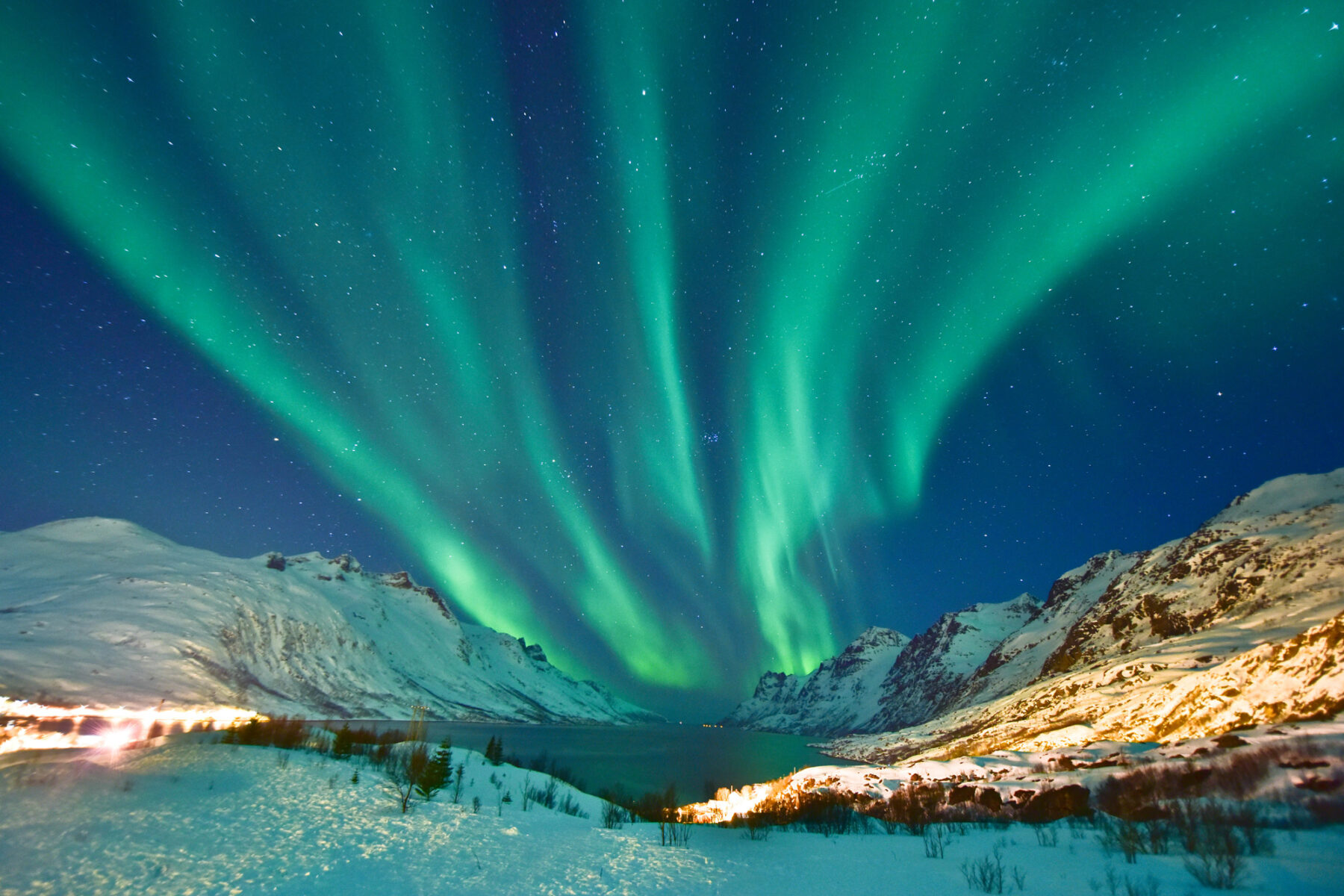
When and Where to see the Northern Lights
The Northern Lights
The Northern Lights
The northern lights are also known as the aurora borealis, meaning light of dawn. It’s said the term was first coined by Galileo in 1623 and is derived from ‘Aurora’, the goddess of the dawn and ‘Boreas’, the northern wind personified.
What are the Northern Lights?
The northern lights and their counterpart in the southern hemisphere appear when highly charged solar wind particles flowing from the sun collide with air molecules in the earth’s atmosphere transferring their energy into light. This occurs around the Polar Regions where those magnetic fields converge. These magnetic fields create auroral ovals around the top and bottom of our planet which move and distort as the earth rotates and solar flare activity increases.
They usually occur between 60 and 75 degrees of latitude, which covers northern parts of Canada, Norway, Sweden, Finland, Alaska and Russia as well as all of Iceland.
Interestingly, the northern and southern lights, or aurora australis, occur simultaneously but the inverse seasons mean they generally aren’t visible at the same time.
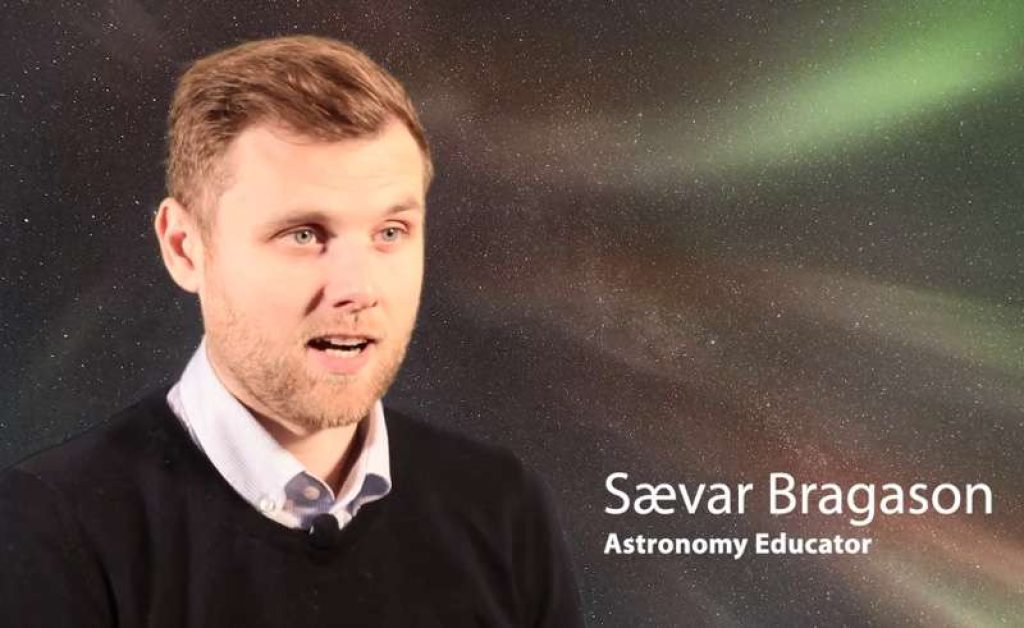
When is the best time of year to see the northern lights?
The aurora borealis are potentially visible under dark skies from late August to mid-April preferably under a clear, cloudless sky. While they occur year round they are weaker than sunlight and therefore sightings aren’t possible from May to July and for most of August.
- Spring and autumn generally provide more stable weather conditions and milder temperatures plus there is greater aurora activity around the equinoxes.
- November through to February offer the darkest skies and longer evenings for maximum sky-gazing.
- The strongest lights tend to appear between 9pm and 2am, though the best sightings often occur between 11pm and midnight.
- Between 4am and 5pm there is generally too much daylight to see the aurora – exceptions are the darkest months of the year and higher latitudes such Svalbard, where it is dark 24/7 from mid-Nov to end of Jan.
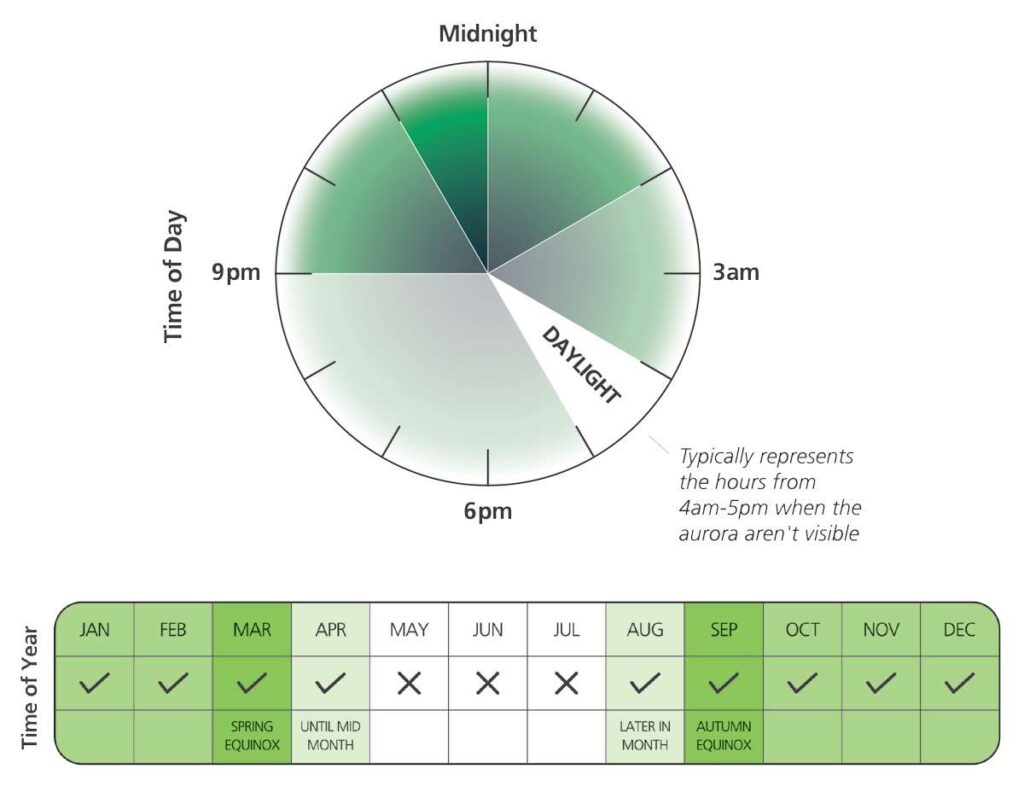
Why is aurora activity stronger around the equinoxes?
Due to the axial tilt, as the earth moves around the sun the angle of our magnetic fields relative to the magnetic field of the solar wind change. During optimum configuration, which occurs during the equinoxes, “magnetic cracks” open up that let solar particles in setting off an auroral storm cycle, which in turn creates a higher probability of northern lights.
Where is the best place to see the northern lights?
The northern lights most commonly occur within the geographic area beneath the auroral oval. It encompasses latitudes between 60 and 75 degrees and takes in Iceland, northern parts of Sweden, Finland, Norway, Russia, Canada and Alaska as well as southern Greenland.
The map graphic shown here is indicative of where the aurora are most visible, but they can appear at lower latitudes. Particularly strong solar storms can result in the lights being seen in Scotland and northern England and even further south, though most aurora activity occurs within the oval hence its designation.
However, aurora activity is not consistent and the auroral oval – the appearance of light as a ring around the poles – constantly shifts. Therefore strong aurora in Sweden do not necessarily mean strong aurora in Canada and vice versa. The oval is tracked by space weather stations and is shown in forecast modules (see the ovation map below).
Northern Scandinavia and Iceland offer the most accessible destinations from the UK for viewing the northern lights, but there are recognised locations throughout the zone that offer optimum conditions for sightings. It is important to be away from any sources of artificial light, such as street lighting, whereas you do want to be near open spaces offering big sky viewing.
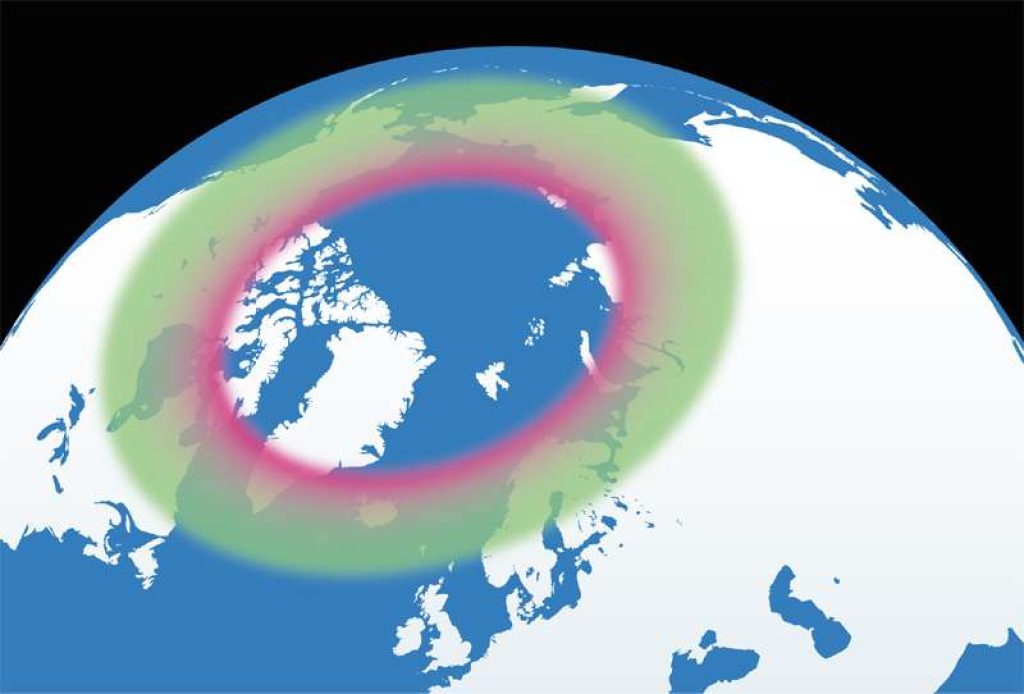

Auroral Activity and Forecasts
Aurora forecasts are given for a 3-day period and are constantly updated. Longer term forecasts based on the 27-day solar cycle can be useful, but as with long term weather forecasts, they can change.
Recommended websites:
- Space Weather Prediction Centre, part of NOAA generate an animated ovation map depicting the auroral oval based on current solar wind conditions, which is updated every 30 minutes
- SpaceWeatherLive provides a useful 27-day forecast as well as the standard 3-day forecast
- University of Alaska show a daily aurora forecast showing the KP index for different regions
- Aurora Forecast is a useful resource from our trusted northern lights expert in Iceland, Sævar Helgi Bragason combining 3-day forecasts with cloud coverage.
- The Aurora Sky Station in Abisko, Sweden captures images every 5 minutes from their webcam
Follow us on Facebook for alerts when strong aurora are predicted.
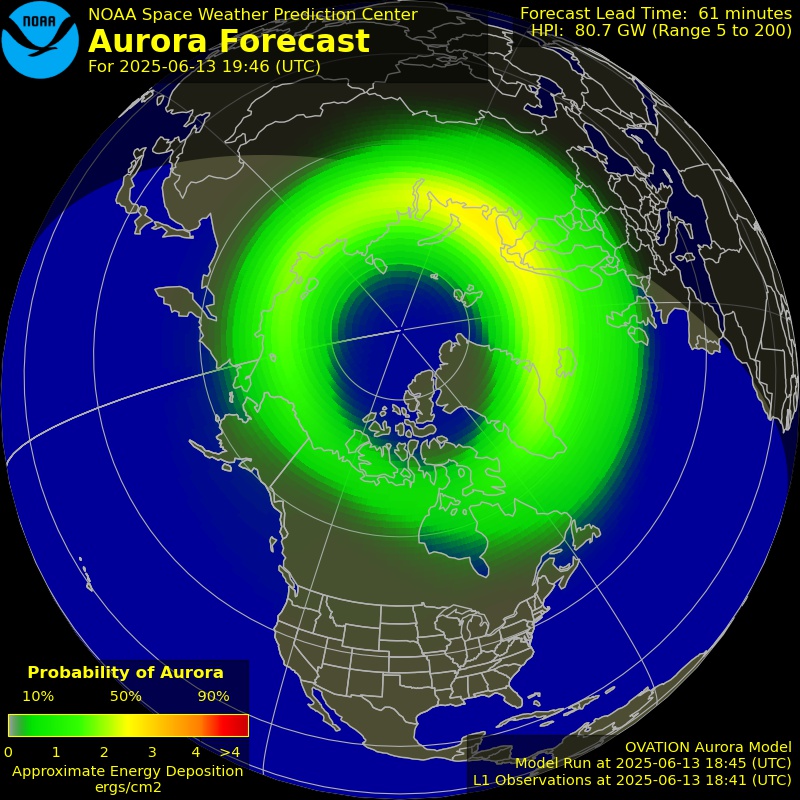
- The science behind the aurora
- The Solar Cycle & Solar Maximum
- The Kp-index
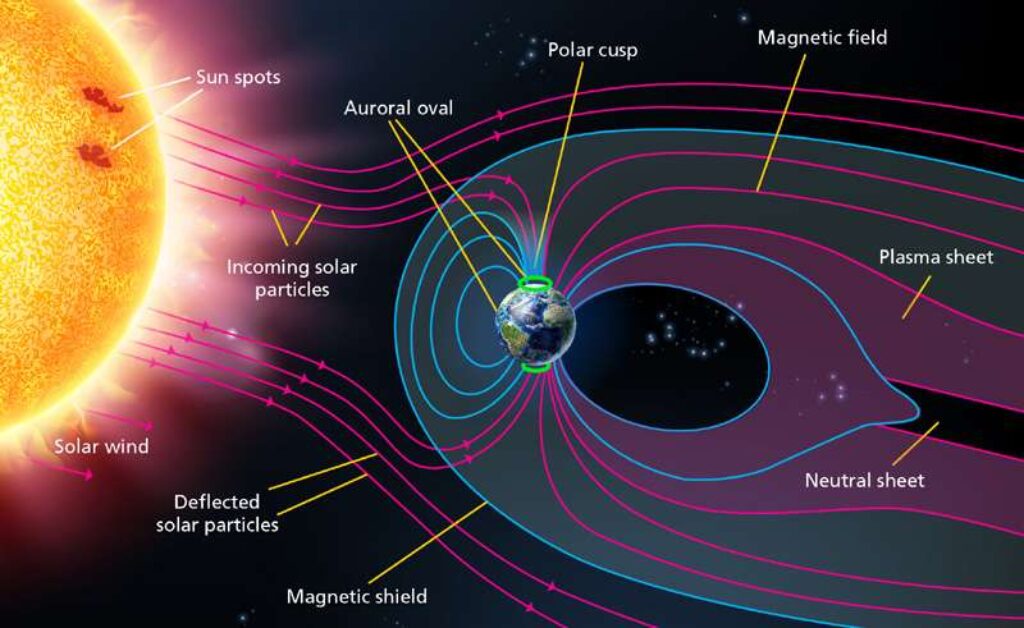
The science behind the aurora
The sun is essentially a huge ball of self-luminous plasma which rotates every 27 days or so and surrounding the sun is a million-degree-hot atmosphere called corona. Sometimes there are large openings where the sun’s magnetic field stretches into space and these corona holes are the key to the northern lights.
Fast moving solar wind flows from these coronal holes, consisting of a stream of charged particles, which typically take 2-3 days to reach the earth – though this can be much faster following powerful solar flares or coronal mass ejections (CME). The charged particles then collide with the earth’s magnetic field and accelerate down the magnetic lines towards the poles. Most are diverted and disappear into space, but the fast ones enter the earth’s upper atmosphere, where the magnetic fields converge. This is where the reaction of the particles and gases happen – atoms and molecules of oxygen and nitrogen get excited and release the light we know as the northern lights. Indeed, the event occurs simultaneously in the southern hemisphere causing the southern lights (aurora australis) to appear with one mirroring the other.
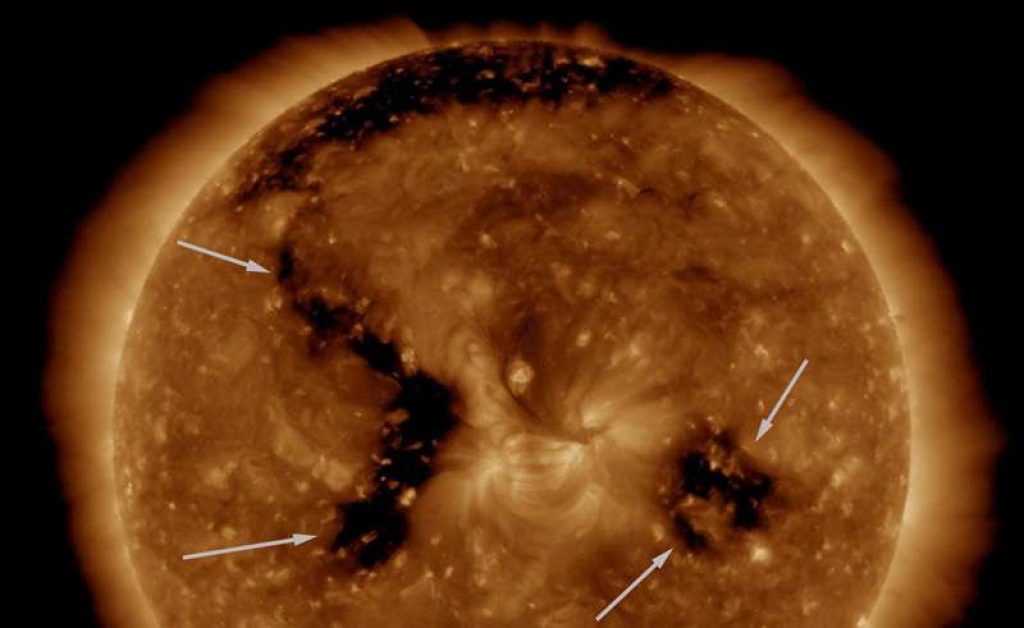
The Solar Cycle & Solar Maximum
Approximately every 11 years or so, the sun’s magnetic field runs through a cycle of activity correlating to the number of sunspots on the surface. At the start and end of the cycle there are fewer sunspots, which is known as Solar Minimum, while in the middle of the cycle, known as Solar Maximum, the number of sunspots are at their most , finally returning to Solar Minimum to complete the cycle.
The Solar Cycle helps scientists to predict the likelihood of aurora activity, with solar flares and coronal mass ejections also increasing during the cycle. Solar maximum is generally regarded as the better time for viewing the northern lights as there is more activity. However, during the calmer period of solar minimum, corona holes can be long-lived. In other words, the sun is always emitting solar wind so auroras continue to be visible throughout the entire 11-year cycle solar cycle.
Our advice is not to get too focused on which part of cycle we are in as there are too many other variables including weather and cloud cover. As long as you’re within the auroral oval on a clear night between September and April, you can potentially witness the northern lights. That said, it’s hard not to get excited by the buzz around the current Solar Cycle #25, which started in 2020. Many scientists are reporting that this solar cycle could be one of the strongest on record, a prediction being played out with incredibly strong auroras in 2023.
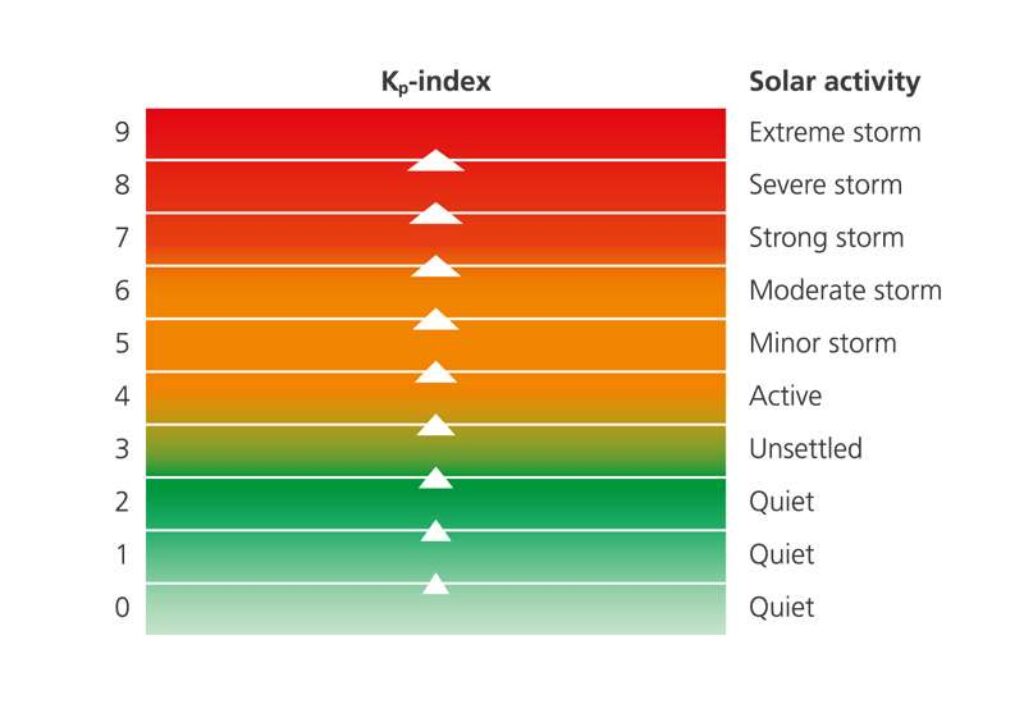
The Kp-index
The Kp-index measures magnetic disturbances caused by solar wind ranging from 0 (low activity) to 9 (intense storms underway). The Kp-index doesn’t describe how the aurora will appear, but it gives a good idea of the activity forecast for the location you’re interested in and especially when you are actually in that location.
For instance, looking at both the Kp-index and weather forecast may help planning your evening activities over your break. Even a Kp index of 2 or 3 can produce beautiful auroras, but it gets exciting at 4 and above!


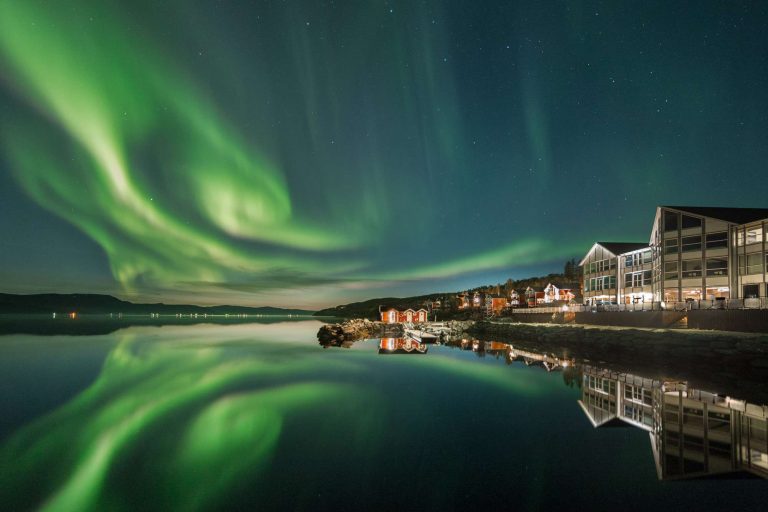
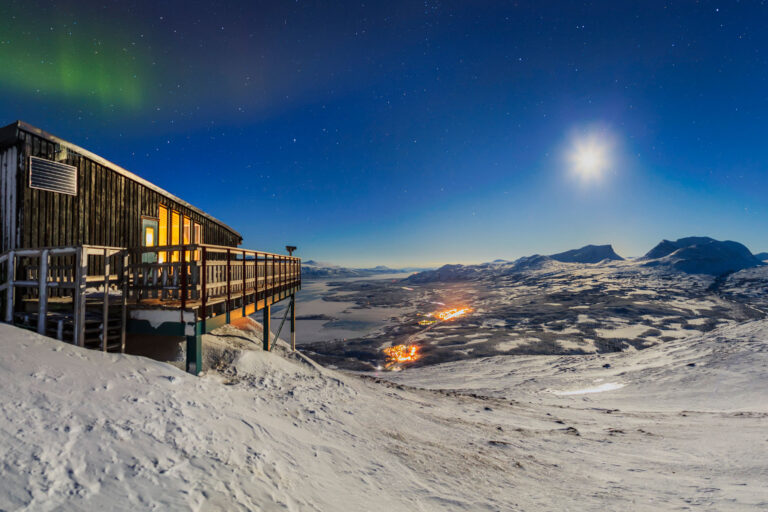
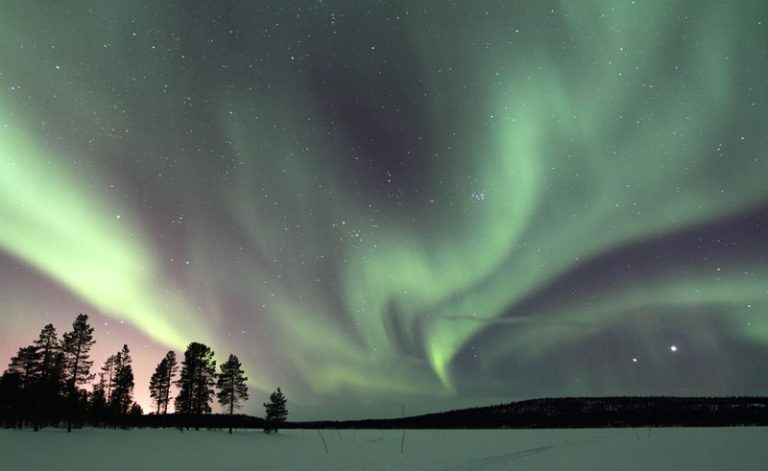
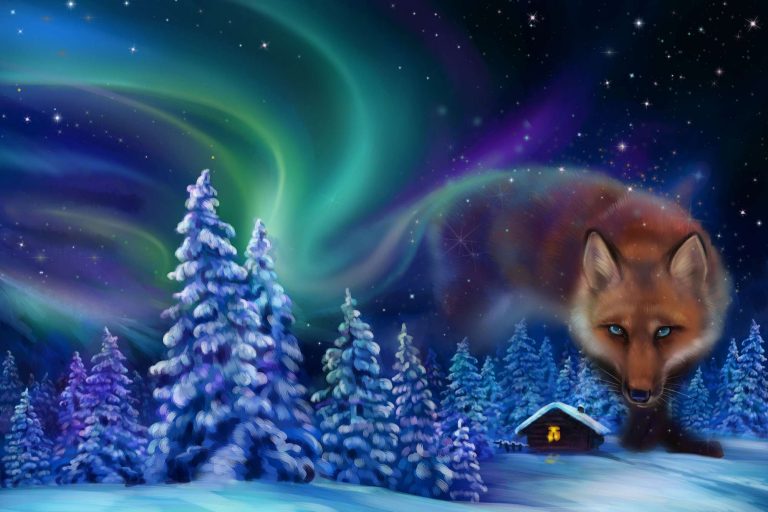
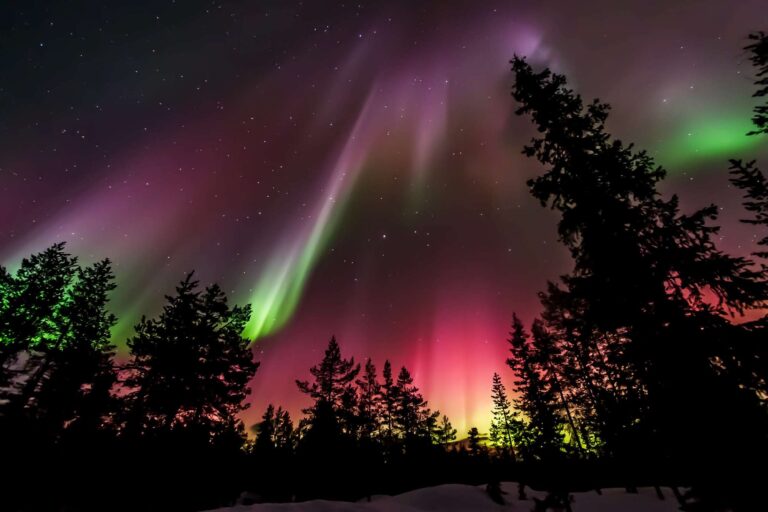
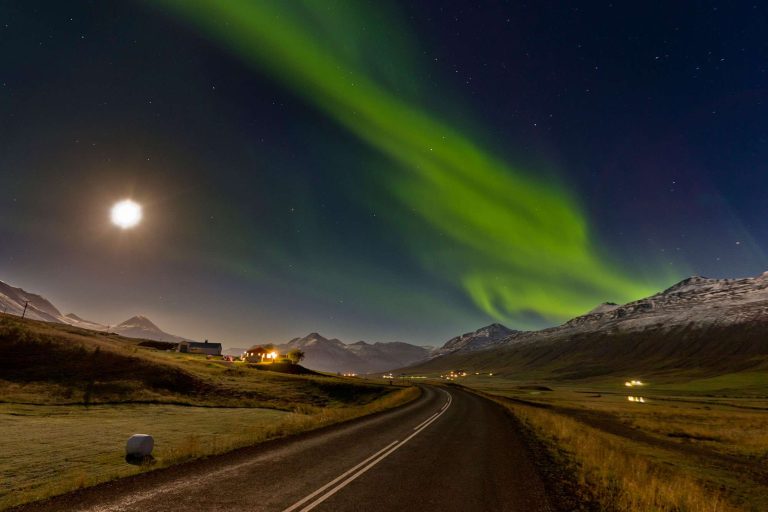
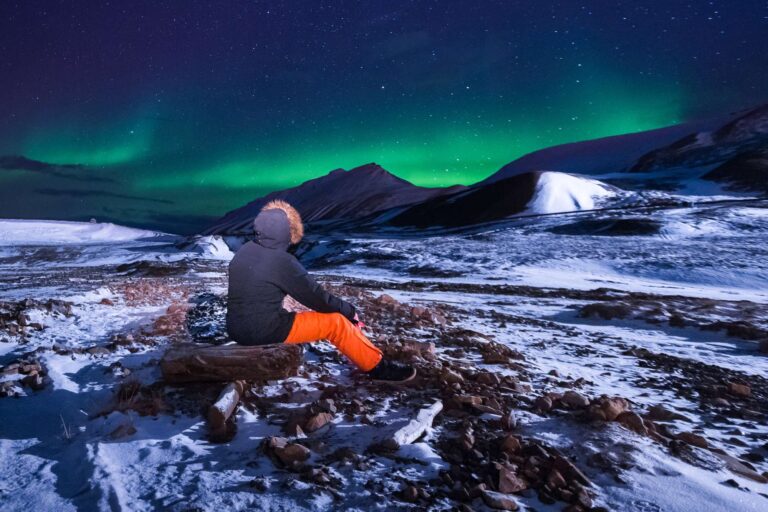


 Instagram
Instagram
 Facebook
Facebook
 YouTube
YouTube